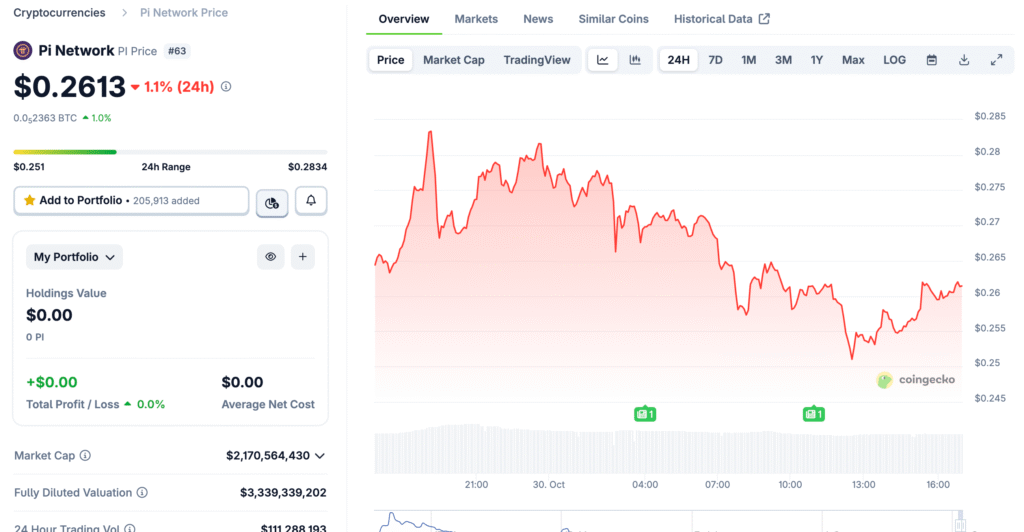Pi Network Expands Developer Tools With App Studio Upgrade
The Pi Network Core Team has launched a comprehensive update to its Pi App Studio, expanding functionality for developers and everyday users. The new version integrates enhanced AI tools, improved workflows, and cross-platform accessibility via the Pi Desktop suite. By enabling direct dApp creation, customization, and publication, the upgrade aims to accelerate the growth of the Pi ecosystem. The feature set represents one of the network’s largest usability overhauls to date.

AI Integration Elevates Customization and User Experience
Among the standout updates are new AI-powered tools designed to simplify app development and creative design. Users can now generate logos, welcome messages, and iterative UI edits directly within the App Studio interface. These automation features allow non-coders to build and refine decentralized applications faster than ever. The goal is to democratize app creation and expand participation across Pi’s global community of Pioneers.
Streamlined Navigation Enhances Accessibility
Pi App Studio now sits prominently in the main navigation bar of Pi Desktop, alongside the project’s Node and mining tools. This redesign centralizes user access and reflects Pi Network’s push for a more unified developer environment. Previously buried under the Utilities tab, App Studio’s new placement underscores its importance to the project’s long-term roadmap. The easier accessibility is expected to boost engagement and developer retention.
Recommended Article: Pi Network Sells Off After App Studio Update as Fundamentals Face Scrutiny
Community Discovery and Staking Integration
The update also introduces a redesigned discovery interface where users can browse, vote, and stake PI on community-built applications. This staking mechanism adds a new layer of incentive for participation while reinforcing the network’s native token utility. Community voting will surface high-quality projects and reward innovation within the ecosystem. Together, these improvements deepen engagement between developers and token holders.
Market Performance: PI Token Faces Renewed Pressure
Despite these positive developments, the PI token continues to trade below $0.20 amid wider market weakness. After briefly rebounding to $0.24 earlier this week, renewed selling has pushed prices lower again. The token remains down over 93% from its all-time high of $3.00 recorded in February 2025. Analysts attribute this decline to persistent bearish sentiment and reduced speculative appetite across smaller altcoins.
Token Unlocks Moderate But Not Alarming
Pi Network’s daily token unlocks have slowed to around 4 million coins—half the pace observed earlier in the year. This moderation reduces near-term supply pressure and could stabilize prices if network activity grows. Developers suggest that improved utility and staking demand may gradually absorb circulating supply. However, sustained recovery still depends on broader market liquidity returning to the altcoin sector.
Innovation Continues Despite Market Headwinds
Pi’s leadership remains focused on long-term ecosystem building rather than short-term price fluctuations. The integration of AI and developer tooling reinforces the project’s vision of user-driven decentralization. Community events such as hackathons and educational programs continue to attract new participants. These efforts demonstrate resilience and adaptability amid one of the toughest macro environments for digital assets.
Outlook: Ecosystem Growth May Outpace Price Recovery
While PI’s valuation struggles, its expanding application layer signals structural progress for the network. The App Studio upgrade could catalyze the next phase of ecosystem innovation, drawing new developers and partnerships. If adoption trends hold, Pi Network may eventually regain market confidence and price traction. Until then, its focus on accessibility and creation tools positions it as one of Web3’s most community-centric projects.























